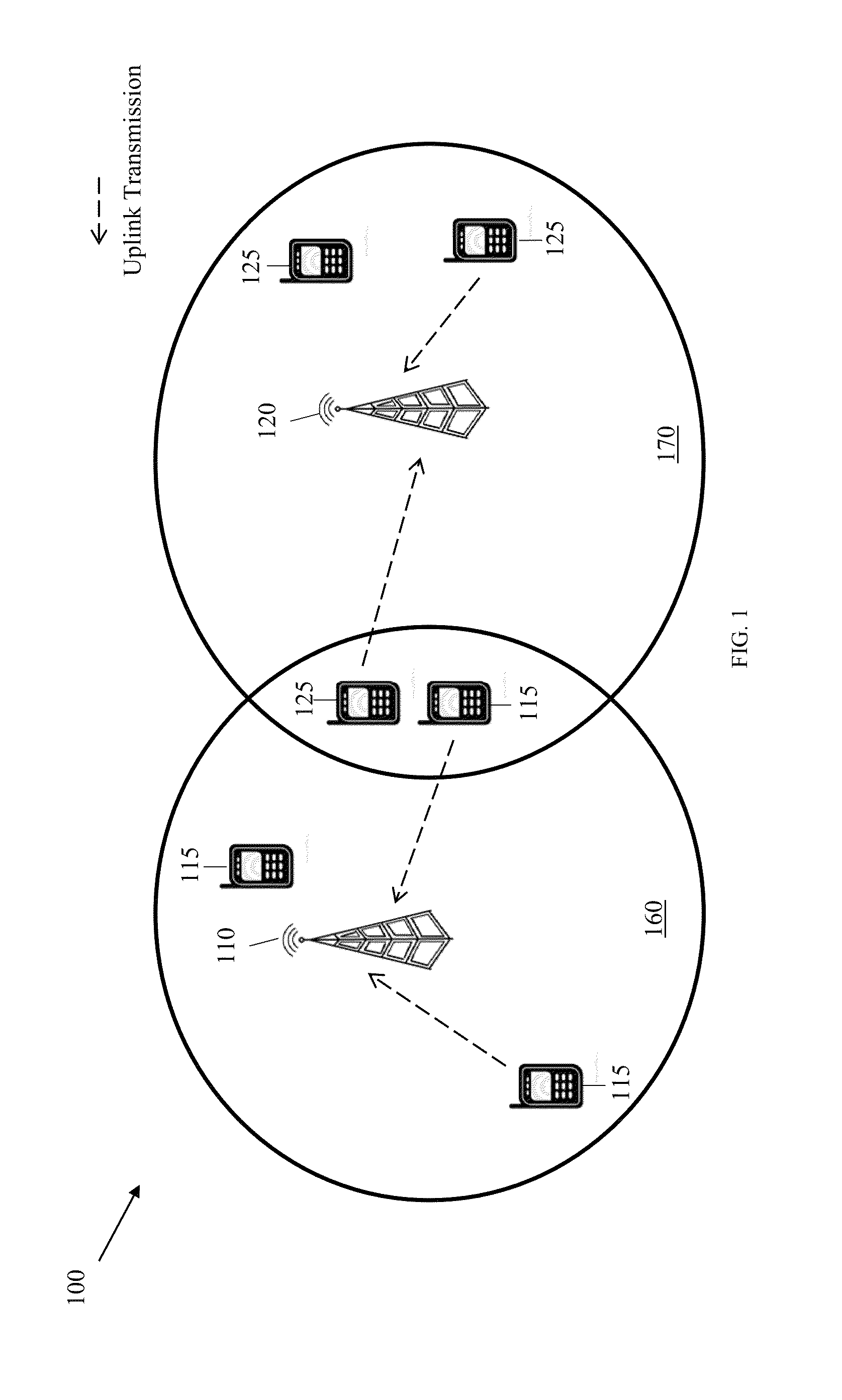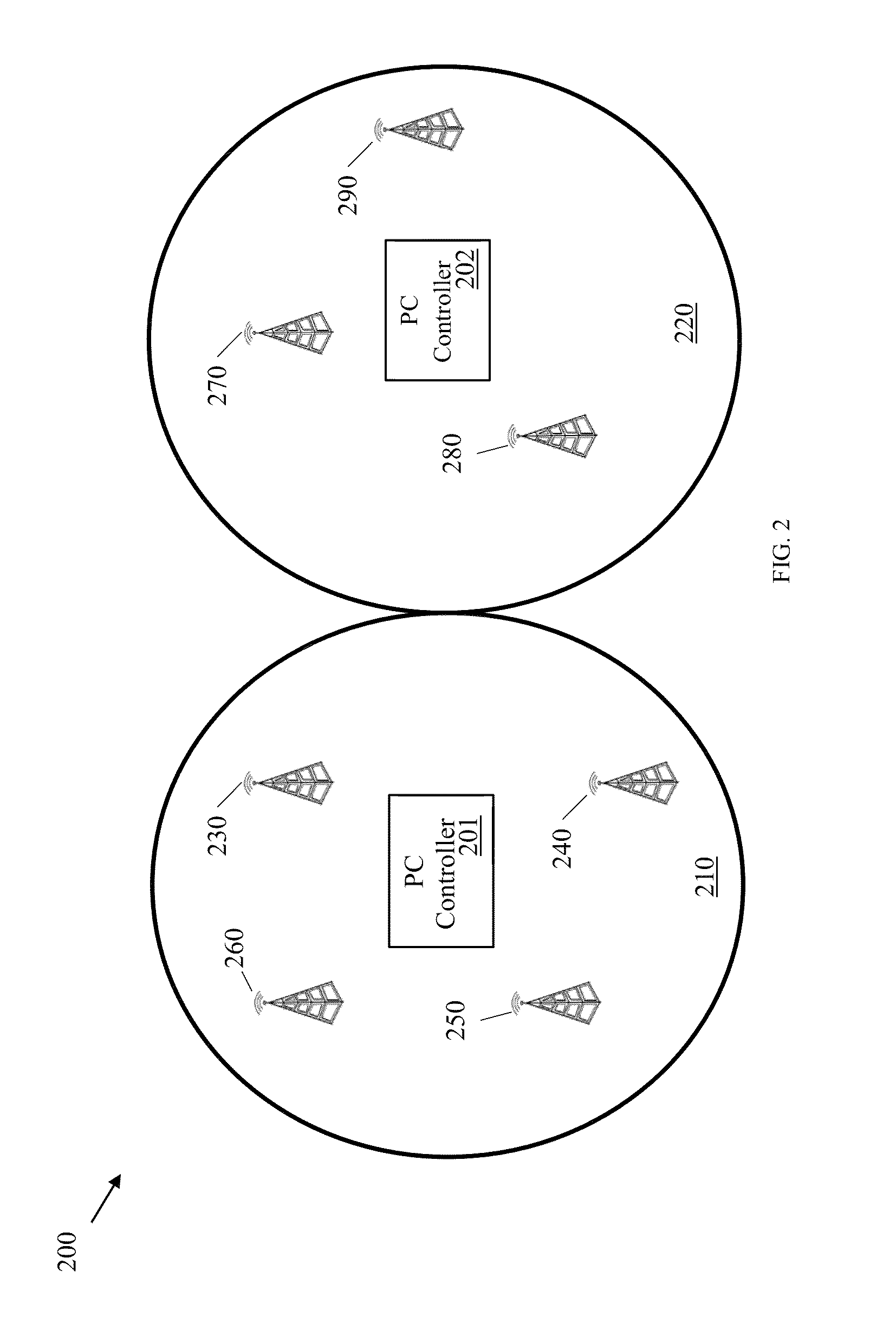Method and System for Self-Optimized Uplink Power Control
a technology of wireless communication system and power control, applied in power management, radio transmission, electrical equipment, etc., can solve the problems of reducing the data throughput of uplink signals, reducing the power level upon reception, and failing to achieve a globally optimal set of local pc solutions for wireless networks
- Summary
- Abstract
- Description
- Claims
- Application Information
AI Technical Summary
Benefits of technology
Problems solved by technology
Method used
Image
Examples
Embodiment Construction
[0026]The making and using of the presently preferred embodiments are discussed in detail below. It should be appreciated, however, that the present invention provides many applicable inventive concepts that can be embodied in a wide variety of specific contexts. The specific embodiments discussed are merely illustrative of specific ways to make and use the invention, and do not limit the scope of the invention.
[0027]For purposes of clarity and concision, uplink PC solutions will be referred to herein simply as “PC solutions”. As used herein, the term “local PC solution” may refer to a set of PC settings computed for the UEs of a single BS, while the term “global PC solution” may refer to a set of local PC solutions computed for a set of BSs in a wireless network. A “set of locally optimized PC solutions” may refer to a set of local PC solutions that have been computed unilaterally (i.e., irrespective of one another's PC settings), while the term “optimum global PC solution” may ref...
PUM
 Login to View More
Login to View More Abstract
Description
Claims
Application Information
 Login to View More
Login to View More - R&D
- Intellectual Property
- Life Sciences
- Materials
- Tech Scout
- Unparalleled Data Quality
- Higher Quality Content
- 60% Fewer Hallucinations
Browse by: Latest US Patents, China's latest patents, Technical Efficacy Thesaurus, Application Domain, Technology Topic, Popular Technical Reports.
© 2025 PatSnap. All rights reserved.Legal|Privacy policy|Modern Slavery Act Transparency Statement|Sitemap|About US| Contact US: help@patsnap.com



